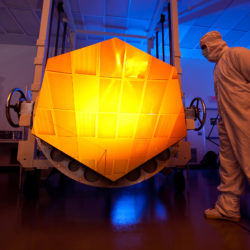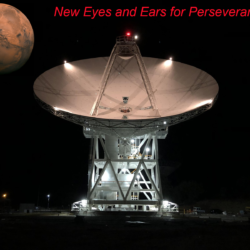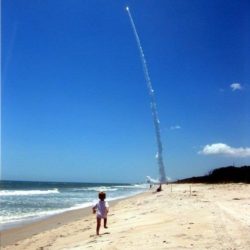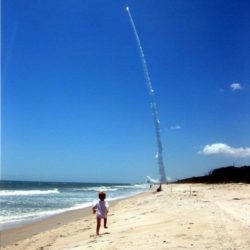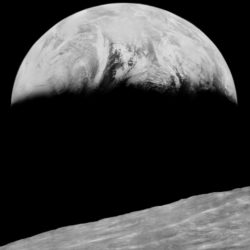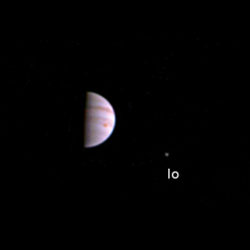James Webb Space Telescope’s Stunning Results for Transiting Exoplanet WASP-96b (2 of 5)
In our presentation of the NASA-hosted event opening the James Webb Space Telescope to the world’s astronomical community, we discussed one of the five commissioning targets presented to the public. That choice to open this 5-article series was SMACS 0723, a distant galaxy cluster receding at 29% the speed of light. In this article, we’ll[…]


